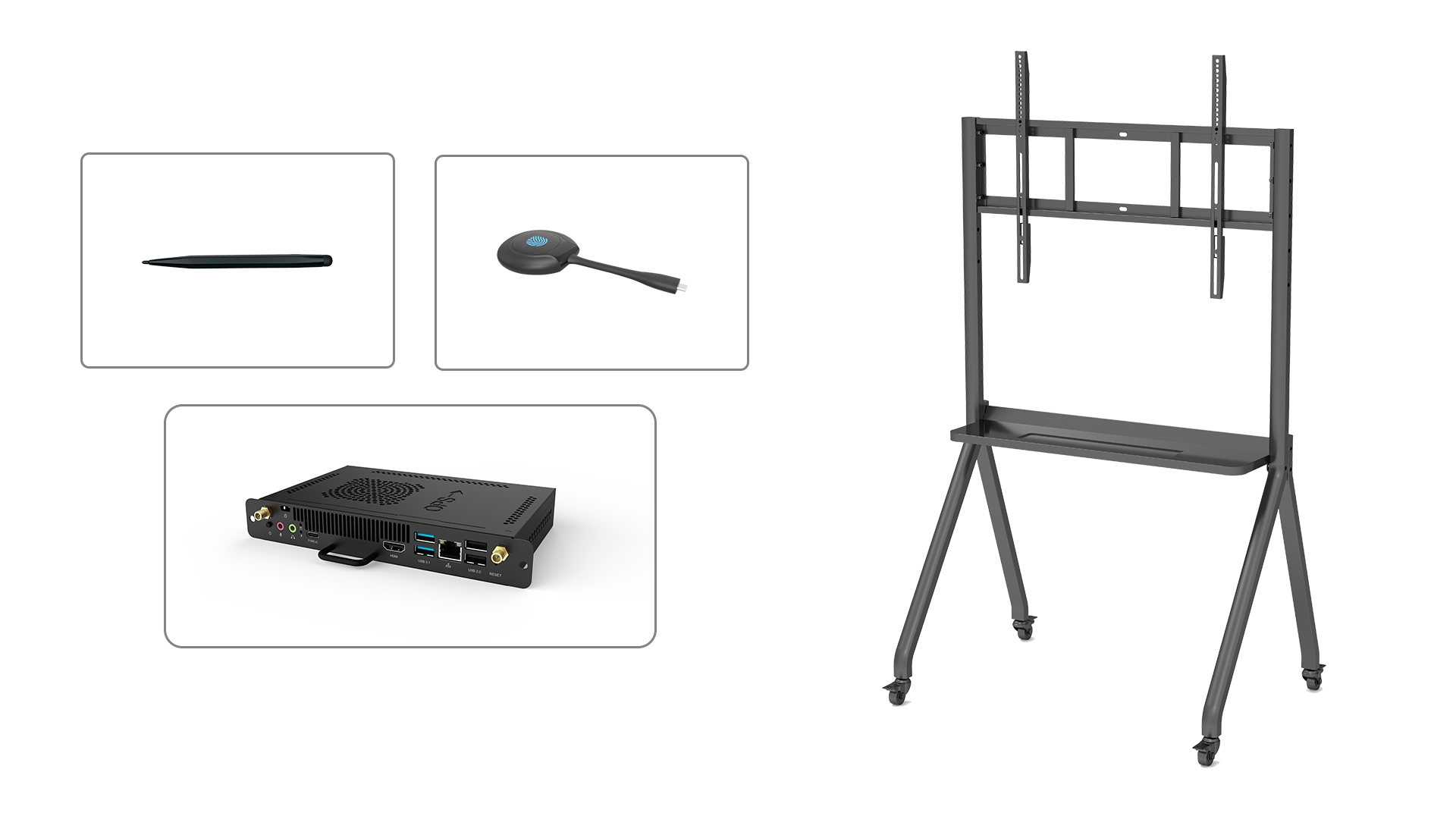interactive logon: do not display last user name
When it comes to ensuring the security of your computer system, various configurations and settings play a crucial role. One such configuration is the "Interactive Logon: Do Not Display Last User Name" option. In this article, we will explore the importance of enabling this setting and how it enhances the security of your system.
Enhanced Security with Hidden User Information
By enabling the "Interactive Logon: Do Not Display Last User Name" option, you are taking a significant step towards strengthening the security of your computer. When this setting is enabled, the last user's name is not displayed on the desktop or on the logon screen. This adds an extra layer of protection by concealing crucial information that could potentially aid unauthorized access to your system.
Preventing Unauthorized Access
Displaying the last user name on the logon screen can be risky, especially when multiple users have access to the system. By hiding this information, you make it harder for unauthorized individuals to determine the identity of the last user and potentially exploit their account. This setting ensures that even if an unauthorized person gains physical access to your computer, they will have a more challenging time attempting to infiltrate your system.
Protecting User Privacy
Privacy is a significant concern when it comes to computing. Enabling the "Interactive Logon: Do Not Display Last User Name" option helps safeguard user privacy by preventing others from easily identifying the last person who used the computer. This becomes particularly important in shared environments, such as offices or educational institutions, where multiple users utilize the same system. With this setting enabled, individuals can feel more confident that their activities and files remain private.
Defending Against Brute Force Attacks
Brute force attacks are a common method used by hackers to gain unauthorized access to a system. By continuously attempting different combinations of usernames and passwords, hackers hope to find a successful combination. If the last user's name is displayed, it becomes easier for them to narrow down potential usernames and create a more focused attack. By hiding the last user name, you make it more difficult for brute force attacks to succeed.
Reducing Social Engineering Risks
Social engineering is another technique used by attackers to gain access to systems. By impersonating legitimate users or using psychological manipulation, attackers attempt to trick individuals into revealing sensitive information. Displaying the last user name on the logon screen can provide attackers with a valuable piece of information to initiate a social engineering attack. However, by hiding this information, you reduce the likelihood of falling victim to such tactics.
Meeting Compliance Regulations
Various industries and organizations have specific compliance regulations in place to ensure the security and privacy of their systems. Enabling the "Interactive Logon: Do Not Display Last User Name" option can contribute to meeting those requirements. This setting demonstrates your commitment to protecting sensitive data and can help you comply with industry-specific regulations, enhancing your overall security posture.
Customizing the Logon Screen
By hiding the last user name on the logon screen, you have the opportunity to customize it further and apply your organization's branding. This customization adds a professional touch to the logon experience and can also help users easily identify the correct logon screen, especially in shared environments. With the last user name hidden, you have the ability to create a more personalized and unique logon screen.
Enabling the "Interactive Logon: Do Not Display Last User Name" Setting
Now that you understand the importance of enabling the "Interactive Logon: Do Not Display Last User Name" setting, you might be wondering how to implement it on your system. The process may vary depending on the operating system you are using. However, in general, you can access the Group Policy Editor or Local Security Policy and navigate to the Interactive Logon settings. From there, you can enable the option to hide the last user name.
Conclusion
The "Interactive Logon: Do Not Display Last User Name" setting offers various benefits, including enhanced security, privacy protection, and defense against different types of attacks. Enabling this option should be considered a standard practice to ensure the safety of your computer and the sensitive information it may contain. By taking this simple step, you significantly reduce the risk of unauthorized access and improve the overall security of your system.






